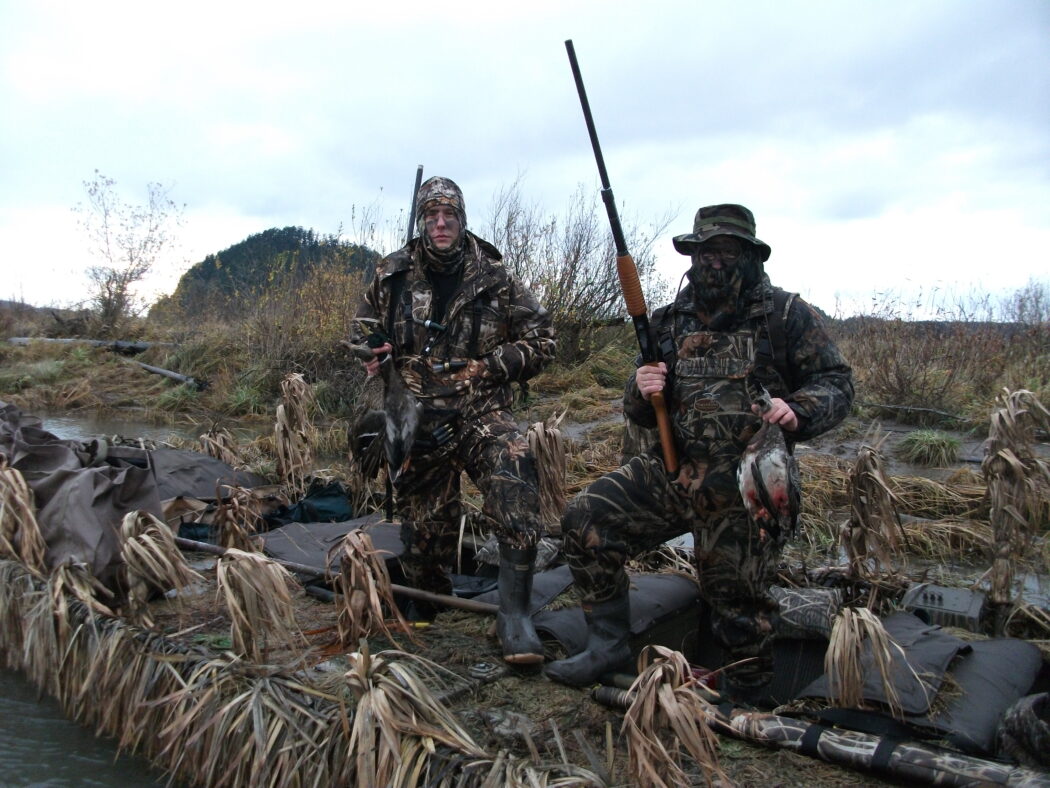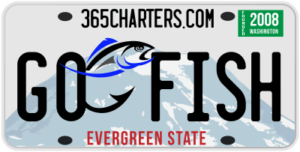
Waterfowl general season is just a few days away. Are you ready? Have you really gone through all of your gear? If not, it is time to check your gear now. If you don’t, inevitably you will forget something.
It is easy to prepare for big game hunting, as it usually requires several or more days in the field. Lists are created, checked, modified and checked again. I wish we could say we do the same for our waterfowl hunting. For the most part waterfowl hunting is taken for granted because we can go on short notice and often close to home. Many hunters hit the duck blind, having forgotten a piece of equipment, or their equipment in disrepair.
So what should be done to prepare for the waterfowl season? Think back to last season. What did you tell yourself you would do different this season? Maybe making a jerk string for a set of decoys, or lengthening your decoy cords, or changing them out altogether. Well now is the time to do that.
When I complete my pre-season check I always start with my shotguns and personal equipment. Then I move on to the decoys, followed by the blinds.
Let’s start with the shotgun. I know hunters who failed to clean their shotgun after the last trip of the previous season, only to pull out the gun nine months later to find surface rust, or the choke is seized.
Hopefully you have been hitting the trap range this past summer and early fall and your shotgun is in working order. If you have not done this, strip down your gun, removing the choke and ensure it is clean, lubricated and proper working order. If you use a sling, make sure you inspect it for rotting threads, mold and dirt. Slings should be clean, and anchor points should be lubricated.
Waterfowl hunting is no fun if you pull the trigger and nothing happens.
Check last year’s ammunition and order new ammunition for the season. I have hunted with people who showed up for a hunt with ammunition, which had rust around the brass head. If you hunt in in areas with saltwater, corrosion is definitely a concern. Do not take a chance using ammunition in this condition.

I would suggest ordering ammunition for the entire season now. When the season gets rolling you may find it difficult to find ammunition, so early orders will ensure you have ammunition for the entire season. Look into ordering your shotgun ammunition by the case; you will save money over single box prices.
Next to the shotgun, I believe personal gear is the most important items to prepare for the upcoming season. You need to be comfortable when waterfowl hunting.
If you are wet and cold you will not enjoy yourself as much. Check your waders. If there was a leak in the waders last season it is time to get a new pair. At the very least fix the leak! Read more about dressing for the weather.
Wash your jackets, hats, face masks, and other clothing items. Scent is not an issue when duck hunting, but you do not want to get dressed only to find your jacket smells like mildew. Stinky clothing can be quite distracting while you are hunting.
One of the most annoying things is a hunter showing up to the blind with a bad duck call. Make sure your duck calls are in working order. The only way to do this is to practice.
Duck hunting legend, Buck Gardner likes to call it the “10,000 quack tune-up.” I think this pre-season tune up is important. Getting the duck calls out now and practicing will ensure the call is in tune and you get into your rhythm more quickly when you hit the duck blind.
Many duck call manufacturers will re-tune your duck call for free. Just pay for the postage and you will have a call tuned the way it is supposed to be. Don’t forget to keep your duck calls clean during the season. I like to use distilled water to clean my duck calls. Remove the barrel from the insert and clean out any debris. Wash the call thoroughly and let it air dry overnight.
Now let’s check the decoys. You should take a good look at your decoys, checking for fading or chipped paint. If you need to add some paint to liven them up, now is the time. Maybe it is time for new decoys altogether. An important aspect of the decoy is the decoy cord.
Make sure you have decoy cords long enough for the area you hunt. You do not want your decoys floating away, just after you set up in the blind. It is not uncommon to do a quick fix on a decoy cord in the field and not replace or repair it properly later. If you don’t fix these cords properly, when the new season gets rolling you have a problematic decoy cord.
I hunt a lot of tidal estuaries, requiring more weight than most hunters use, so I use a combination of Greenhead Gear Keel Grabber weights, and ACE anchors. These anchors have surgical tubing attached to them to offer flex when your anchor hangs up. These stretch cords become weathered and need to be replaced so they don’t break in the field.
Check the decoy cord crimps or knots and make sure they will hold for the season. If you use the Greenhead Gear quick fix decoy cord, make sure it is not weathered. If you use gang rigs for decoys, make sure the quick clips are clean and serviceable.
For those of you who use a wind powered Wind-Duk, these have ball bearings which allow them to spin freely. These ball bearings must be oiled before the season and periodically during the season.
If you hunt out of a fixed blind, make sure your blind bag is cleaned out from the previous season and re-stocked for the upcoming season. If you hunt out of a boat, clean it out from top to bottom.
Restock your boat with your safety gear and equipment and touch up on the camo paint.

Oil hinges, check the bilge pump, check the battery(s) water level, check every foot of the anchor lines and make sure your safety equipment is in good working condition. Have you checked your flares? Flares have an expiration date and should be replaced when out of date. Make sure you have at least on PFD per person.
You must also have at least one type IV throwable PFD for any boat 16 feet or longer. Make sure your PFD’s are clean and usable. It is easy for PFD’s to sit in the duck boat and mildew and rot. If the stitching rots, the PFD will not be reliable.
I want to emphasis the importance of having a good first aid kit. Aside from the standard items in a first aid kit, I like to add extra 4×4 gauze pads, and several rolls of cohesive bandages. I also carry at least one blood clot product, in case of a severe bleeding injury.
If you use dogs for waterfowl hunting you should have a good first aid kit for specifically for the dog. This kit should also have extra 4×4 gauze pads and a couple of cohesive bandages. I also include a full bottle of saline solution to get foreign objects out of their eyes.
Check the camouflage for your blind or boat. The biggest problem I see with duck blinds is the lack of concealment. Whether it is raffia grass or netting, most blinds I see could use more. Do you need to add some grass or camo to your blind?
A blind should actually blind your movement from the ducks. Duck hunters have a tendency to look at the blind from the ground level. Ducks fly overhead and look down at our decoy spread. So look at your blind from the top to make sure you have grassed it well. If you hunt from a permanent blind, make repairs now. Check for rotting boards, exposed nails or screws, and re-grass it if necessary.
If you use a portable blind, set it up and make sure it is not mildewing. If it has swing doors, make sure they do not squeak when you open them. Look the whole blind over and make sure it is ready to hunt.
If you hunt waterfowl out of a boat, set up your boat blind and inspect it carefully. Do you need to add more grass, camo netting, or natural vegetation? One of the most crucial aspects of camouflaging your blind is the color variations of the blind.
Do you hunt in the middle of a barley field? If so, you can have a more even color throughout your blind with subtle highs and lows. But if your blind is next to a bramble patch or your boat is next to the bank on a river, your camouflage should have more drastic color changes to blend better with the natural vegetation. If you are using a light color raffia grass on your blind, but you are sitting next to dark vegetation, your blind will stand out. Mix it up!
The last thing I will touch on with camouflage is the use of UV brighteners. UV Brighteners are used on many products. You do not want UV brighteners on your clothing, gear or blind. If you are not sure about an item, check it.
The ideal light source to check for brighteners is a 350 BLB fluorescent black light. You can buy this at a hardware store. Make sure it is dark to reveal the brighteners. For more information on how to check for brighteners, go to Atsko/Sno-Seal, Inc. website. They have a lot of information on UV brighteners.
Hopefully these tips will get you thinking about your gear for the upcoming waterfowl season and allow you enough time to prepare opening day.



